A 1950s astronomy technique was used to read pea-sized letters over 1.3 kilometers away.
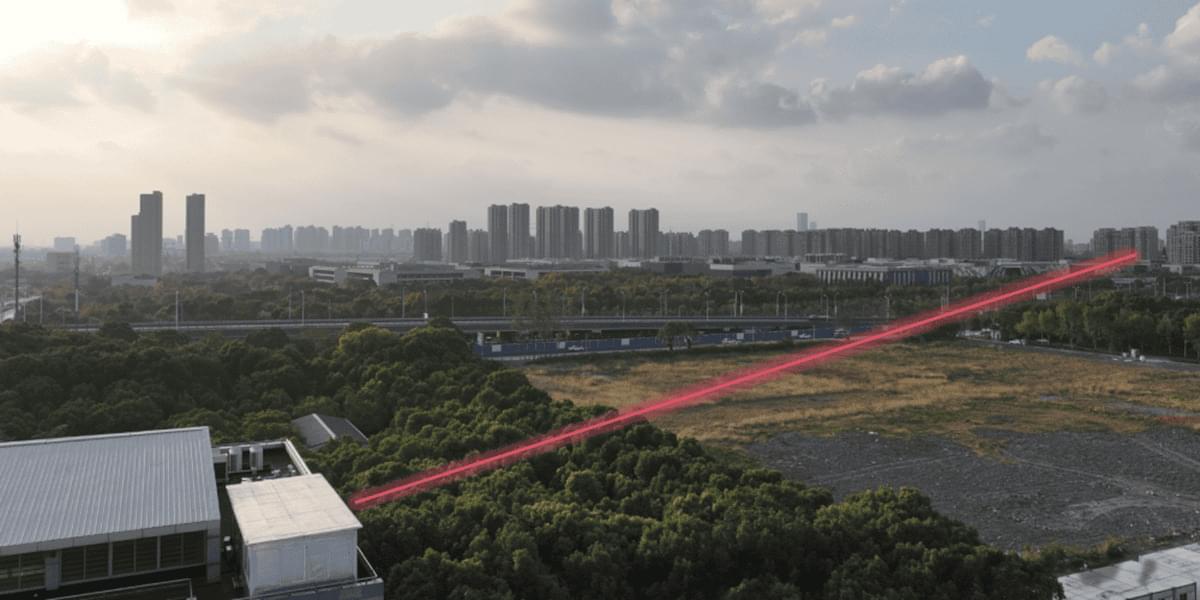

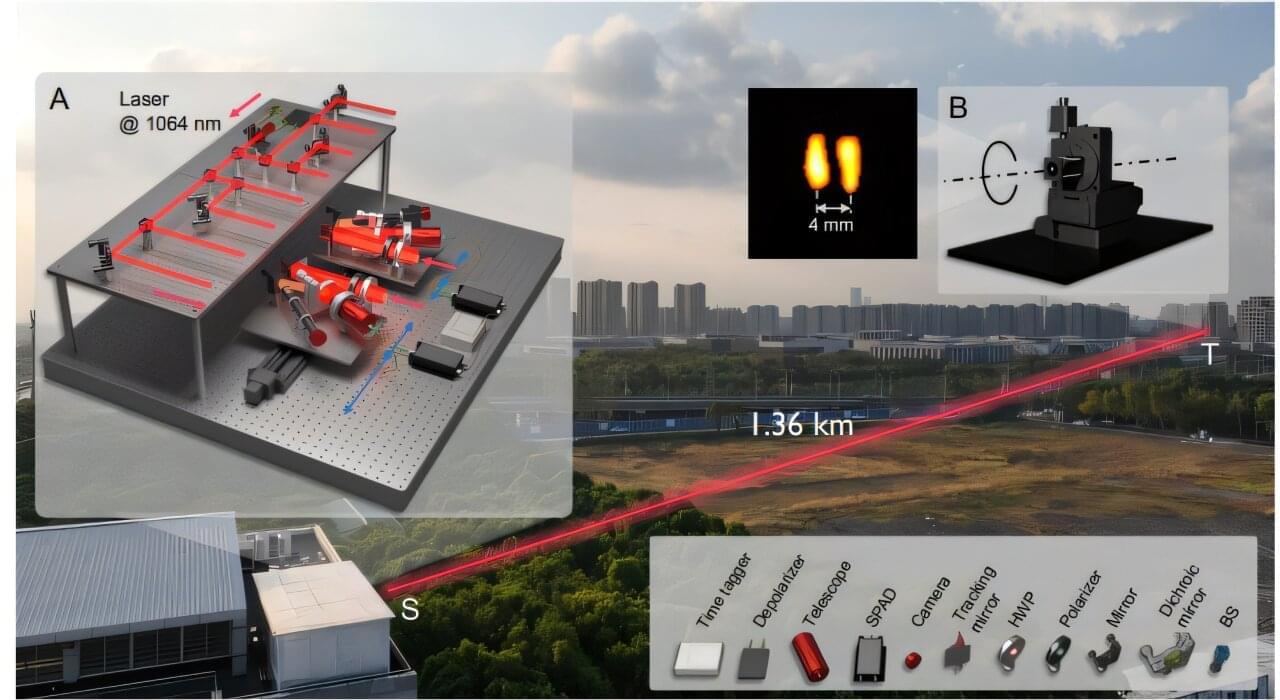
You are the protagonist in a thriller. One morning, an unknown caller with a distorted voice says, “To save your city, solve the puzzle. Go to the coordinates. X marks the clue.” You rush to the spot and see an X on a distant billboard, too far to read. Your vision is sharp, but not that sharp. So, what do you do? A new laser emitter designed by a team of researchers from China could come to the rescue.
According to the study published in Physical Review Letters, the developed setup includes multiple laser emitters that enable super-resolution imaging of targets as small as millimeters in scale from a 1.36 kilometers (0.85 miles) distance in an outdoor urban environment. The device successfully images letter-shaped physical targets measuring 8×9 mm, with letter widths of 1.5 mm, placed at the far end of its imaging range.
Interferometry is a widely used imaging technique in astronomy which works by merging light from different sources to create an interference pattern. These interference patterns are formed when light waves interact to either reinforce or cancel each other depending on their phase differences. These patterns carry detailed information about the object or phenomenon being studied.
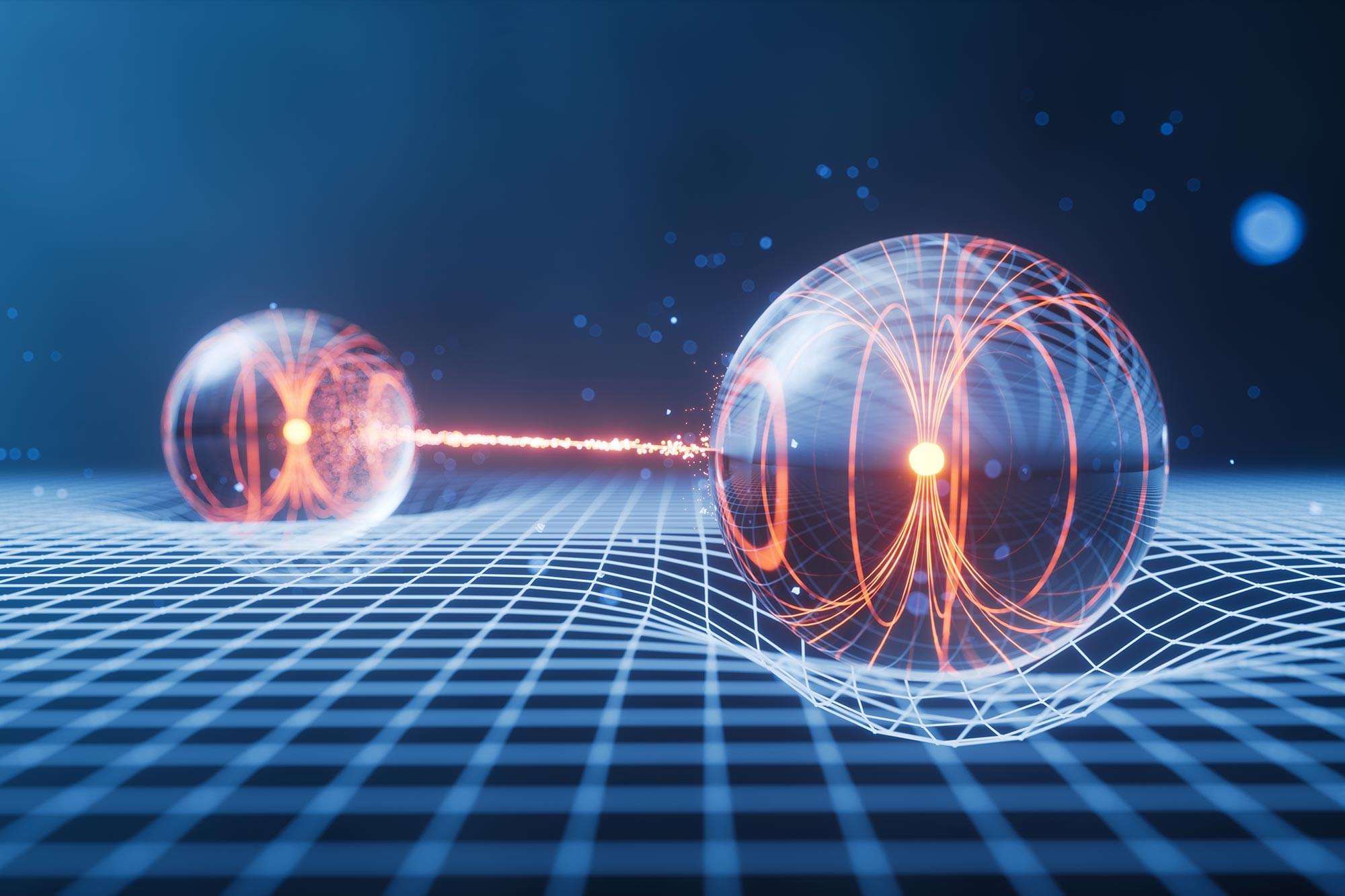
As you glide through the neon-lit streets high above the city, this ambient music will help you find tranquility and peace. Whether you’re looking for relaxation stress relief, focus music for studying, or sleep music to unwind at night, this atmospheric soundtrack will transport you into a cyberpunk dreamscape.
Perfect for working, studying, or simply relaxing after a long day, the calming ambient music and distant city noises create a stress-free environment that helps you unwind and reconnect with your thoughts.
✨ Allow the futuristic sounds and gentle dark ambient vibes to provide relaxation stress relief, and guide you into a peaceful state for deep focus or restful sleep. ✨
💜 Don’t forget to like, subscribe, and hit the bell for more cyberpunk & space ambiance! 🎧
🎼 Music by Gwen Rice.
Make a donation to Closer To Truth to help us continue exploring the world’s deepest questions without the need for paywalls: https://shorturl.at/OnyRq.
For subscriber-only exclusives, register for a free membership today: https://bit.ly/3He94Ns.
Mathematics is like nothing else. The truths of math seem to be unrelated to anything else—independent of human beings, independent of the universe. The sum of 2 + 3 = 5 cannot not be true; this means that 3 + 2 = 5 would be true even if there were never any human beings, even if there were never a universe! When then, deeply, is mathematics?
Support the show with Closer To Truth merchandise: https://bit.ly/3P2ogje.
Watch more interviews on mathematics: https://bit.ly/48H9RS7
Mark Balaguer is Professor of Philosophy at California State University, Los Angeles. His major book is Platonism and Anti-Platonism in Mathematics.

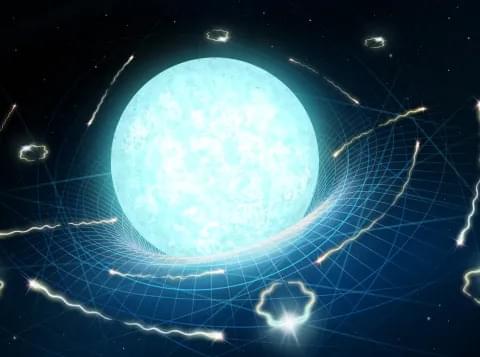
The universe is decaying much faster than thought. This is shown by calculations of three scientists at Radboud University on the so-called Hawking radiation. They calculate that the last stellar remnants take about 1078 years (a 1 with 78 zeros) to perish. That is much shorter than the previously postulated 101100 years (a 1 with 1100 zeros).
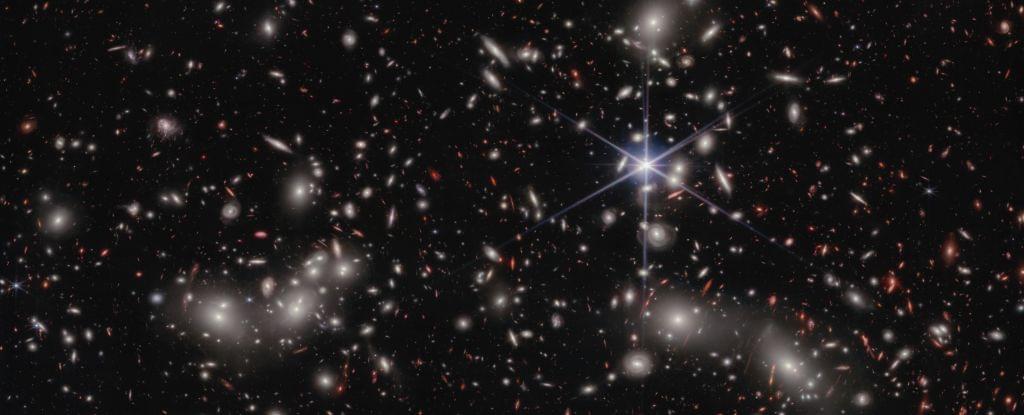
We finally know what brought light to the dark and formless void of the early Universe.
According to data from the Hubble and James Webb Space Telescopes, the origins of the free-flying photons in the early cosmic dawn were small dwarf galaxies that flared to life, clearing the fog of murky hydrogen that filled intergalactic space. A paper about the research was published in February 2024.
“This discovery unveils the crucial role played by ultra-faint galaxies in the early Universe’s evolution,” said astrophysicist Iryna Chemerynska of the Institut d’Astrophysique de Paris.
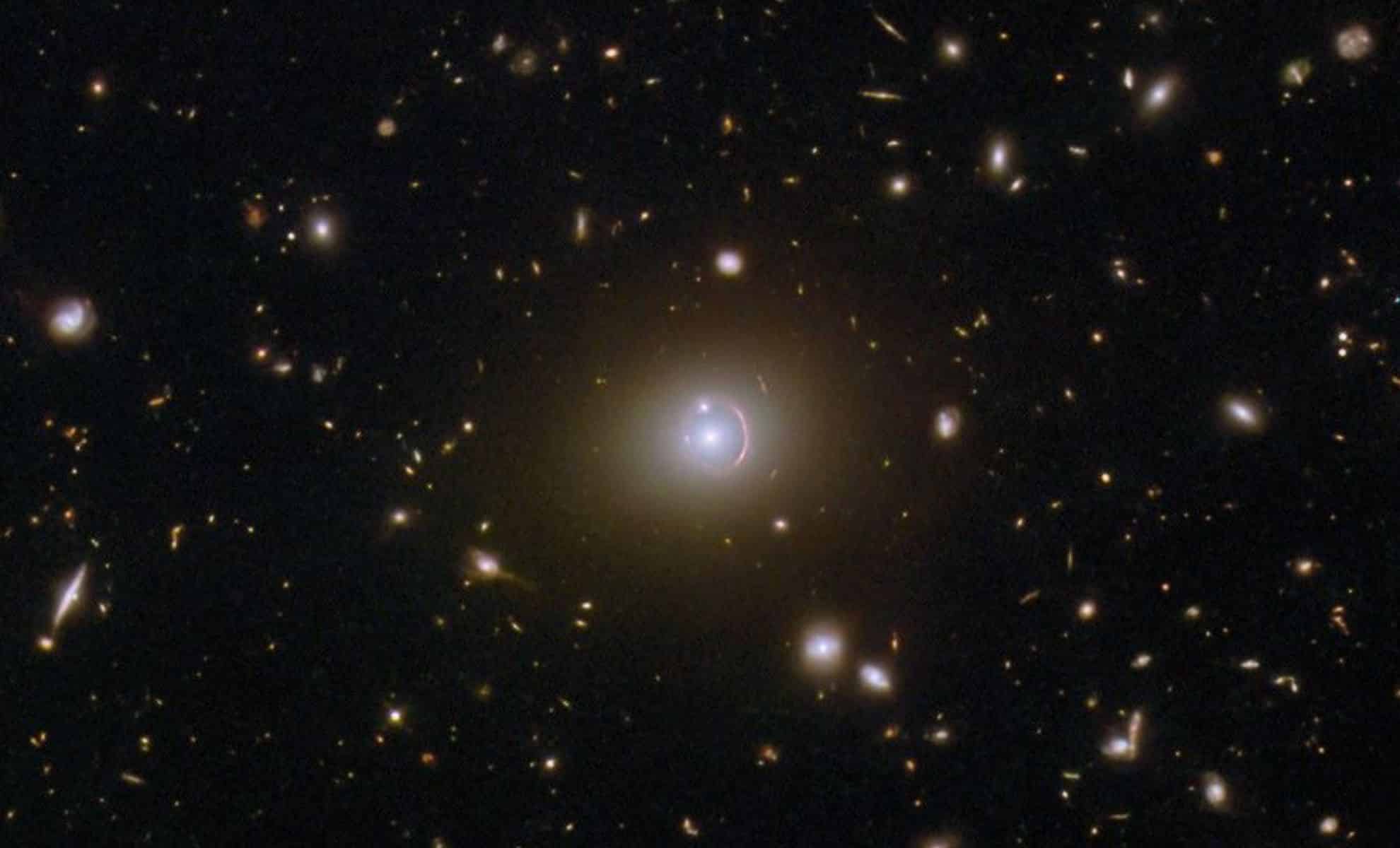
Interestingly, however, despite Komatsu’s early lead, Vermeer and Interlune seem to have caught up and could be ahead. For example, the new prototype is bigger and full-scale, showing great promise through testing.
The Vermeer-Interlune excavator has a larger excavation capacity, more funding and government support. To this end, Interlune is targeting a lunar mission by 2030.
“The high-rate excavation needed to harvest helium-3 from the moon in large quantities has never been attempted before, let alone with high efficiency,” said Gary Lai, Interlune co-founder and CTO.